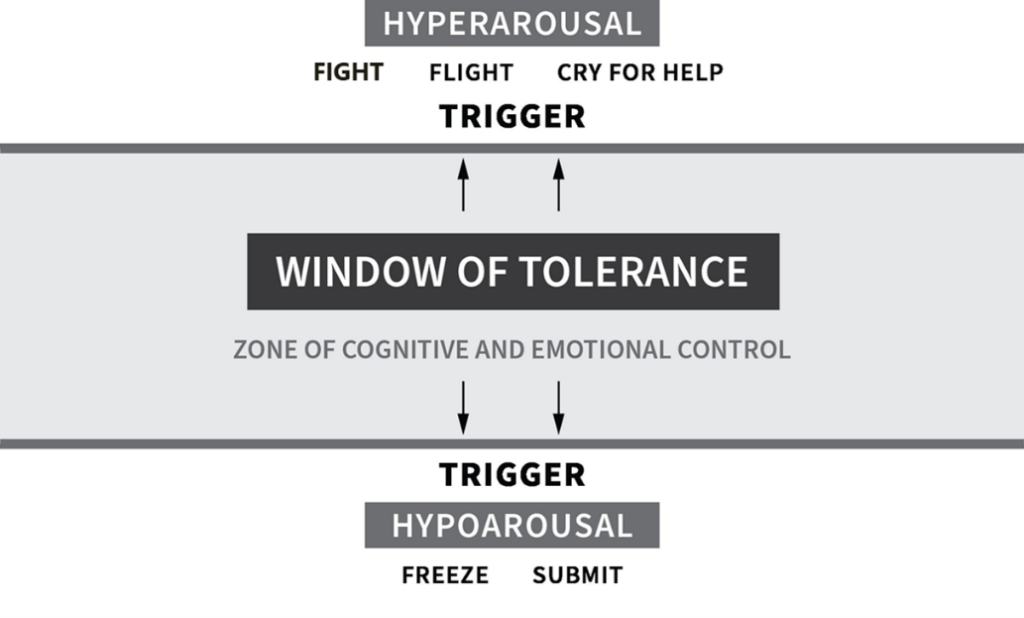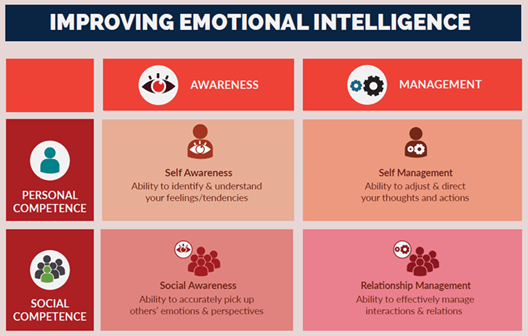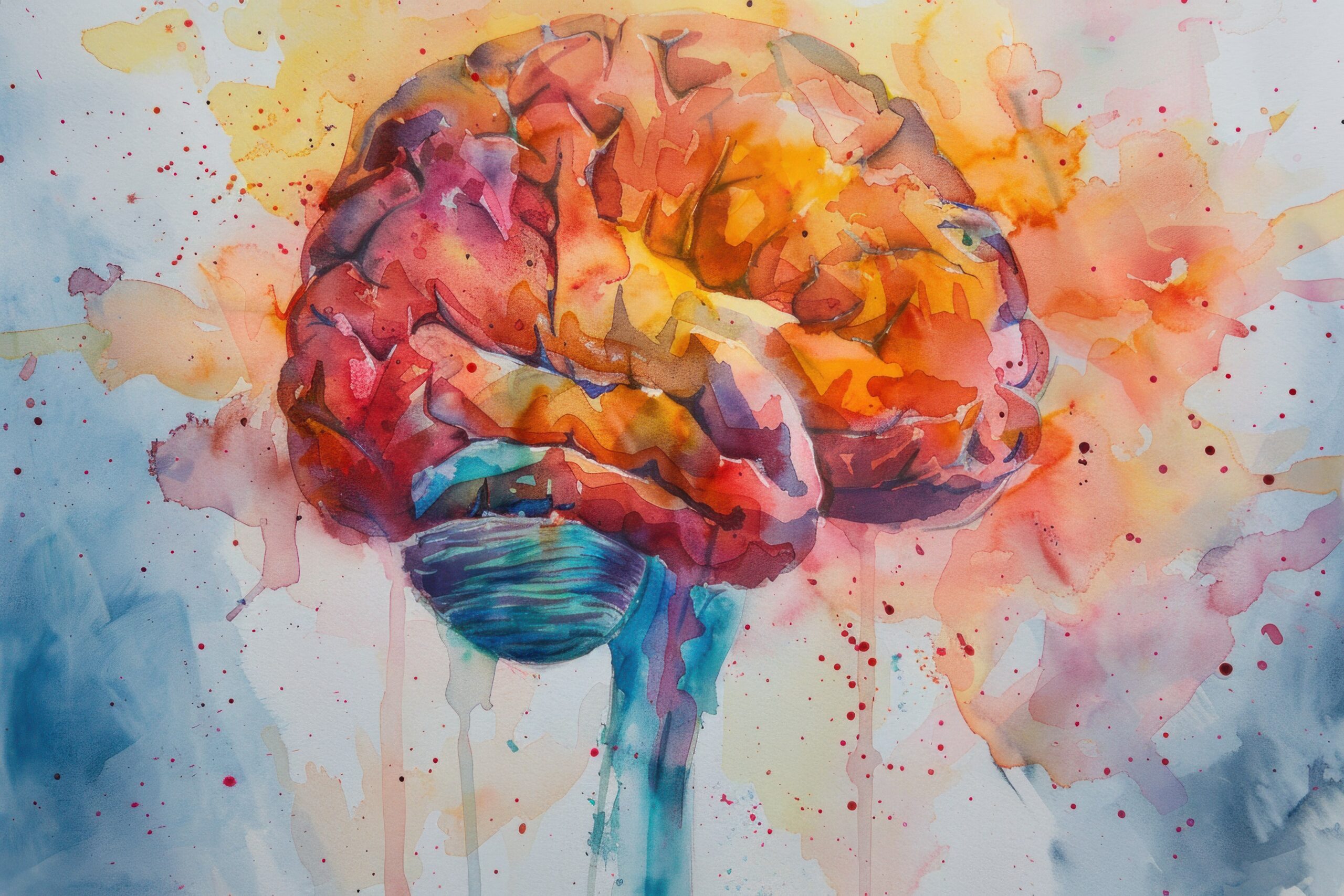An “Elevated Leader” is a leader that operates with a high degree of cognitive and emotional sophistication. They have developed themselves to the degree that they are in the highest adult development level (research has found that only 1% of people and 8% of leaders operate here). Most prototypical great leaders—leaders like Abraham Lincoln, Martin Luther King, Jr., Nelson Mandela, Francis Hesselbein, Alan Mulally, Satya Nadella—are/were “Elevated Leaders.” They operated with a high degree of mental maturity, effectively navigated complex environments, and successfully activated significant change.
I have written more about “Elevated Leaders” here:
- What Does an Elevated Leader Look Like?
- The Most Vertically Developed Leaders See Themselves as Gardeners
- Vertical Development Creates a Rising Tide that Lifts All Ships
- The Four Most Common Differences Between Mind 2.0 Leaders and Mind 3.0 Leaders
In my study of “Elevated Leaders,” I have identified three distinguishing characteristics of “Elevated Leaders.” And, I have also identified a common factor that hinders people from developing these characteristics. This article dives into both topics.
I believe that you will find these three characteristics to be rather interesting. But, I also believe that when I reveal the common factor that hinders one’s ability to possess these characteristics, you’ll find these three characteristics even more fascinating.
Three Distinguishing Characteristics of Elevated Leaders
Factor #1 – A Wide Window of Tolerance
The “window of tolerance” is a concept commonly used in the field of psychology and trauma therapy.
It suggests that individuals have an optimal state of emotional and psychological arousal. When we are in this optimal state, we can effectively cope with stress, process emotions, and engage effectively in daily life activities. This optimal state is their “window of tolerance.”
But, it also suggests that individuals can be pushed out of their optimal state of emotional and psychological arousal. When this happens, we struggle to cope with stress, process emotions, and engage effectively in daily life activities.

People with a wide window of tolerance have the ability to withstand pressure, stress, discomfort, complexity, and uncertainty without getting so rattled that they move outside of their window of tolerance and operate from a place of lost cognitive and emotional control.
People with a narrow window of tolerance more easily and readily get rattled and thrown outside of their window of tolerance and operate from a place of lost cognitive and emotional control.
The most “Elevated Leaders” are able to stay calm, cool, and collected amidst significant pressure, stress, discomfort, complexity, and uncertainty. This allows them to operate from a place of balance, wisdom, sensitivity, vulnerability, purpose, and overall leadership effectiveness. They are able to effectively juggle their various demands and the competing interests of their stakeholders.
Factor #2 – A High Degree of Emotional Intelligence
People with emotional intelligence possess the four abilities identified in this table:

The greater one’s emotional intelligence, the greater their ability to effectively navigate their social landscape.
People with higher emotional intelligence:
- Are effective communicators
- Have healthy relationships
- Navigate conflict effectively
- Are effective at motivating others
- Are effective decision-makers
- Have increased empathy
People with lower emotional intelligence:
- Have poor communication skills
- Struggle with relationships
- Are ineffective at resolving conflict
- Struggle to lead and motivate effectively
- Are poor decision-makers
- Struggle with demonstrating empathy
Based on these two lists, it is easy to see that emotional intelligence is a key distinguishing characteristic of “Elevated Leaders.”
Factor #3 – Value Creating Mindsets
Psychologists and neuroscientists have identified that our mindsets are the most foundational aspect for how we think and operate. And, part of what makes their impact on us so significant is that they generally operate below the level of our consciousness.
Our mindsets serve three primary functions:
- They determine what signals get filtered into our brain (e.g., you are receiving constructive criticism, pay attention to this)
- They automatically place meaning on the signals that get filtered into our brain (e.g., constructive criticism is dangerous or constructive criticism is helpful)
- They activate our body’s response to our situation based on the information filtered in and how it is interpreted (e.g., if we see constructive criticism as being dangerous, we will likely get defensive; but, if we see constructive criticism as being helpful, we will create space for it and try to learn from it)
Our mindsets can be wired for self-protection or for value creation as presented here:

“Elevated Leaders” possess value creation mindsets, meaning that they are willing to:
- Look bad at times to learn and grow
- Admit they are wrong at times in an effort to find truth and think optimally
- Wade through problems at times in order to fulfill a value creating purpose goal
- Put themselves on the back burner at times in order to lift others
The reality is that not many people are neurologically wired to lean toward the value-creating desires when they find themselves in performance contexts where there may be costs to looking bad, being wrong, having problems, and falling behind. But, “Elevated Leaders” are able to set aside their short-term self-protective needs for longer-term value creation.
The Common Factor that Hinders One’s Ability to Possess These Characteristics
Part of what is fascinating about these three characteristics is that they are all hindered by a common factor. That factor is psychological trauma.
Psychological trauma is mental wounding that leads to neurological changes that result in:
- A narrower window of tolerance
- Reduced emotional intelligence
- Self-protective mindsets
Stated differently, when we experience psychological trauma, our body’s natural defensive response is to change our neurology to become more self-protective as a way to help prevent us from experiencing trauma in the future. This defensive response toward self-protection makes us:
- More sensitive to signals that we may be in harm’s way, making us more easily “triggered” (narrow window of tolerance)
- Either unable to control our emotions (hypervigilance) or an inability to connect with our and others’ emotions (dissociation), both of which represents a diminished level of emotional intelligence
- Wired to prioritize:
- Looking good in the moment over learning and growing in the long run
- Being right in the moment over thinking more optimally moving forward
- Avoiding problems in the moment over making progress toward our value-creating purpose and goals
- Getting ahead in the moment over lifting others in the short-and long-term
Key Takeaways
Unfortunately, psychologists estimate that over 70% of people have experienced trauma to the degree that their neurology adopts self-protective tendencies. That should not surprise us.
In fact, across the 40,000 people who have taken my mindset assessment, only 2.5% are in the top quartile for all four sets of mindsets. Thus, my research suggests that most people have self-protective tendencies.
What does this mean for us?
To me, the message is clear: If we want to become “Elevated Leaders” and develop the characteristics of a wide window of tolerance, emotional intelligence, and value creating mindsets, we need to awaken to and heal from our past trauma.
This requires that we engage in a form of development that few are familiar with: Vertical Development.
For more on vertical development, check out these resources:
- The Elevated Leader: Level Up your Leadership Through Vertical Development
- Video: What is Vertical Development?
- Long-form Blog Post: What is Vertical Development
If you would like me to work with your leaders to develop the three characteristics in this article and/or become more trauma-informed, connect with me here.











One Response
Ryan Gottfredson’s blog piece on the traits of elevated leaders resonated with my own leadership experience. I formerly struggled with self-limiting thoughts that limited my capacity to demonstrate these traits. Personal development and self-reflection enabled me to overcome these obstacles and establish a more elevated leadership style. Echelon Front’s suggested reading list contains works about self-improvement and leadership development, which provide significant insights for leaders wishing to better their leadership skills. For additional information on this topic, visit https://echelonfront.com/books/ suggestions.